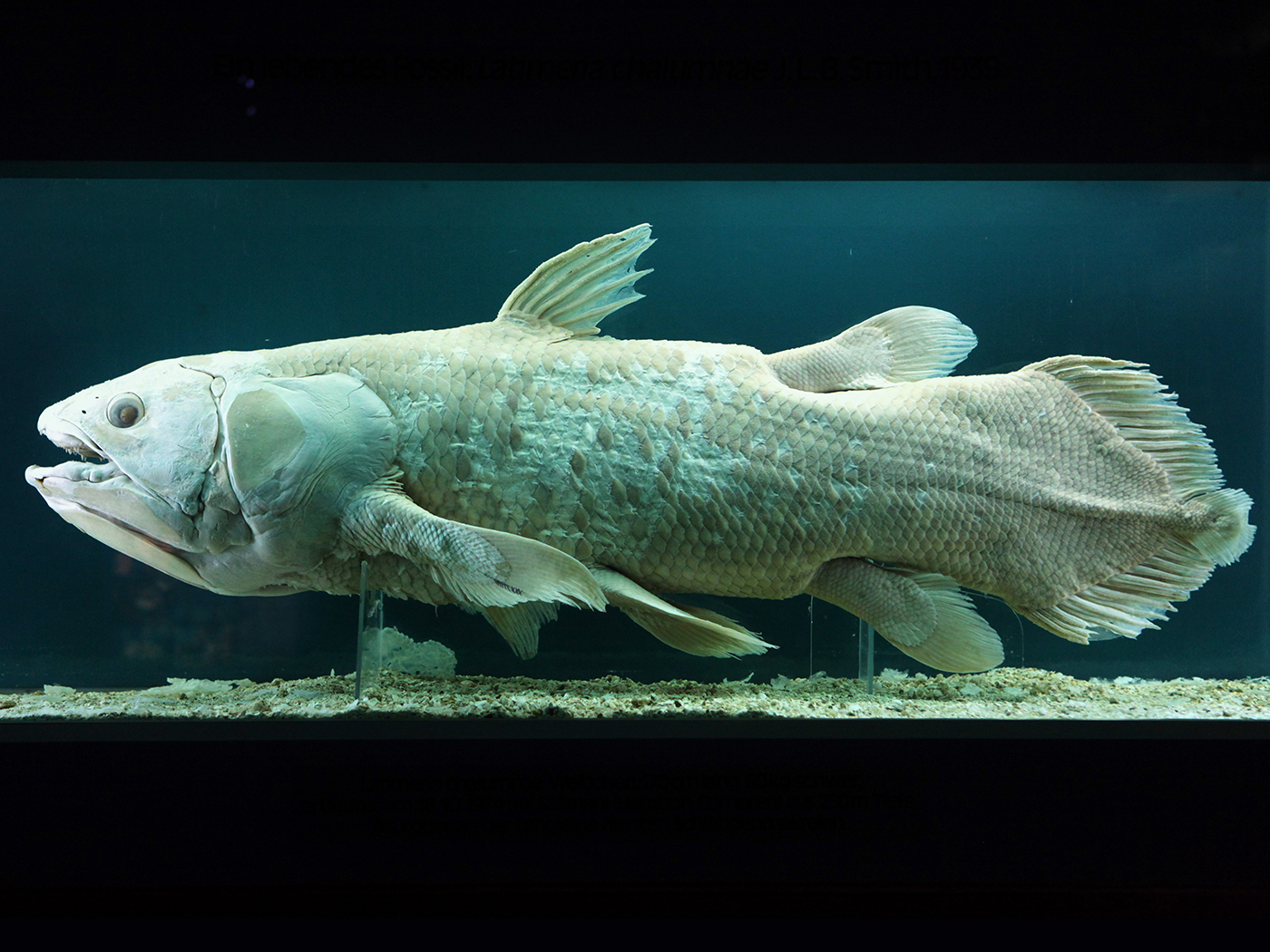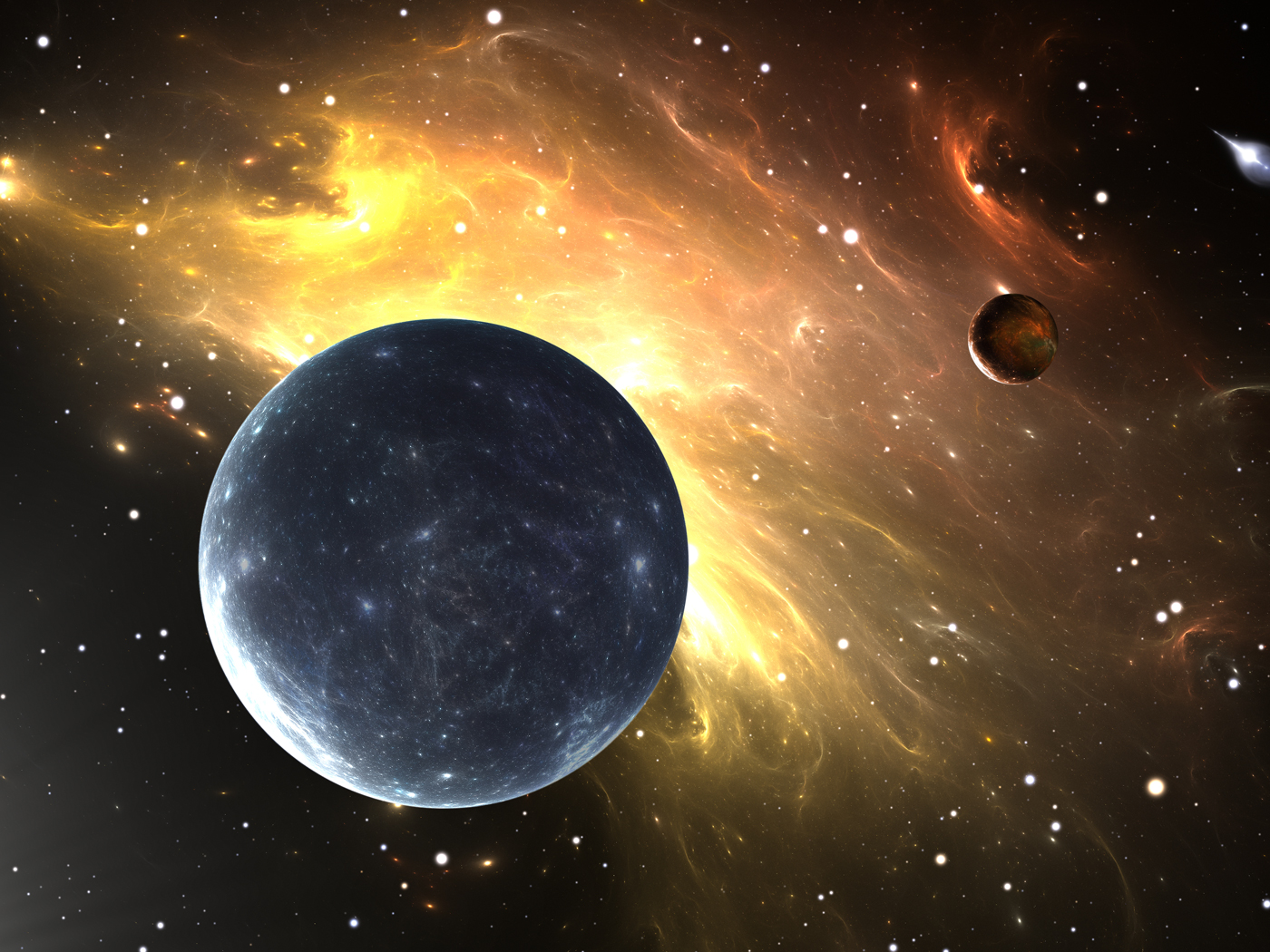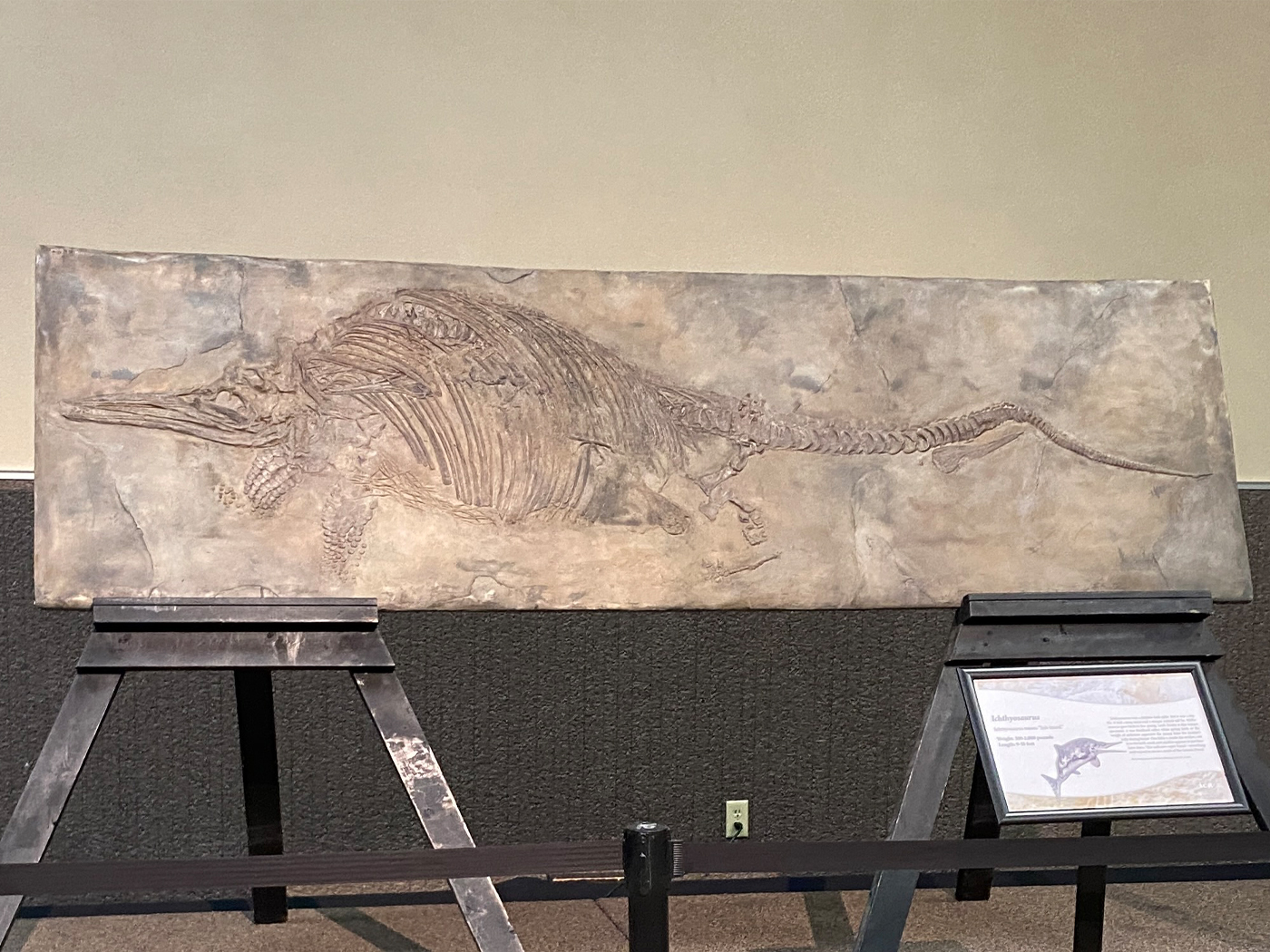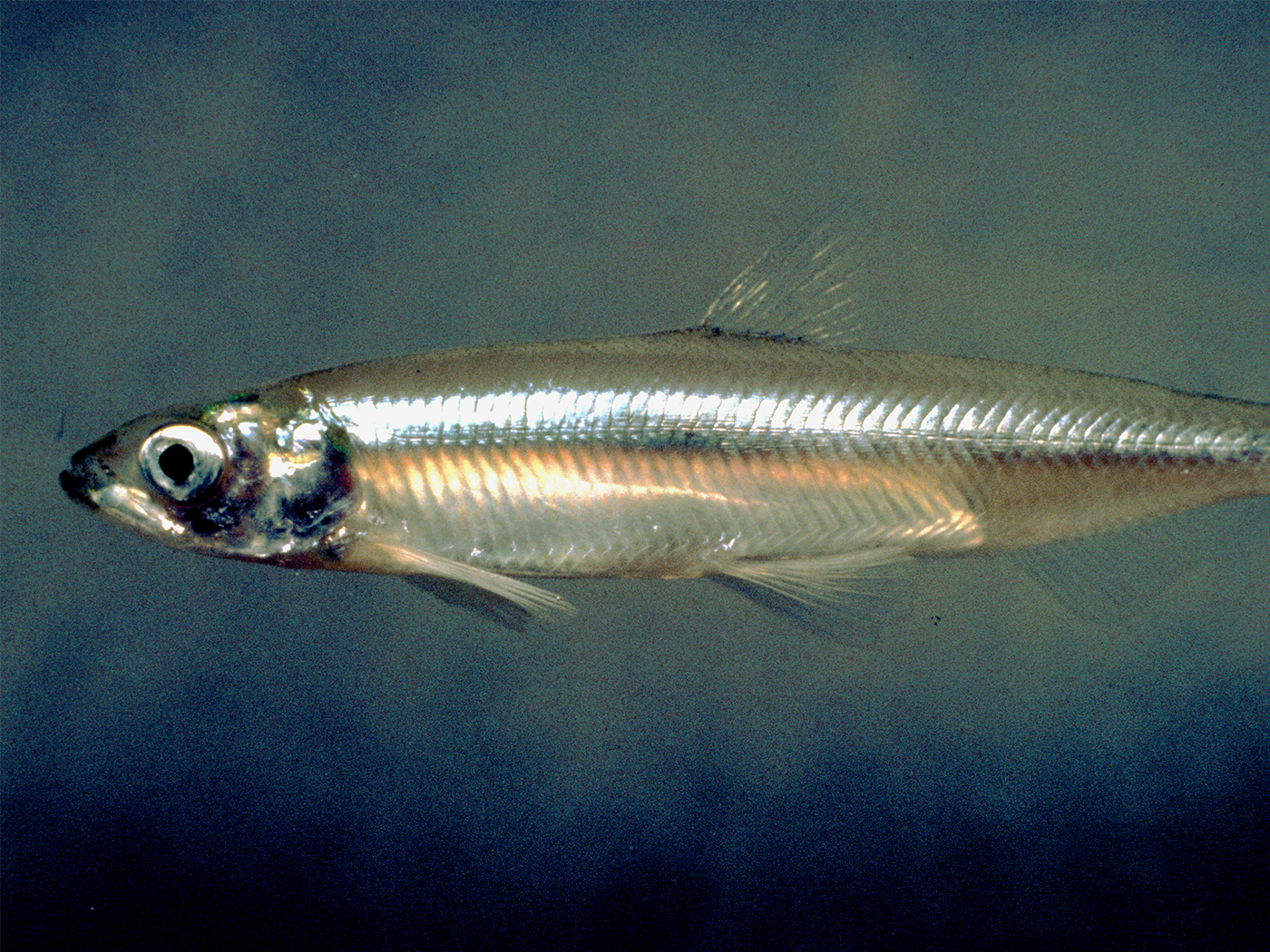Although it is difficult to define, the total collection of microscopic flora on the individual and in the gut (GI tract) is called the microbiome.1 Microbiota inhabit a variety of niches in the human body, with the gut being the primary location. This microbial colonization supports the digestion of complex nutritional components and activates anatomical changes of the intestine.
Recently, mammologists have discovered an important function in hibernating squirrels regarding their microbiome. If a person is bedridden for just 10 days, she or he can lose up to 14% of their muscle power.2
Hibernating animals are a different story, however. Ground squirrels don’t waste away during Jack Frost’s tenure—they manage to build muscle at the end of their winter slumbers, even with no fuel from food.3
How did the Creator design such a process to ensure muscle mass is built during the squirrels’ winter sleep? The answer is, “Bacteria in the squirrels’ guts help the animals recycle waste to provide the building blocks for muscle—the first-time intestinal microbes have been shown to play this role in hibernation.”3
It was found this recycled waste is a biomolecule called urea—an amide which is formed from ammonia and carbon dioxide in what is called the urea cycle. Urea is pivotal in being a source of nitrogen to build new muscle. Scientists determined there is a connection between urea, the microbiome, and muscle retention during hibernation. Specifically, the ground squirrels depend on urea-recycling microbes in the gut for the nitrogen they need to build muscle during the winter sleep.
Such a relationship has nothing to do with evolution of course. Instead, it is a designed association.
The squirrels help the microbes out by transporting more urea to the gut. The microbiome keeps plenty of the recycled nitrogen for itself, but it also releases some for the squirrel to absorb and use.3
Such is yet another newly-discovered function of the clearly designed microbiome.
References
1. Sherwin, F., D.Sc. (Hon.). 2016. Applying Design Analysis to Microbiome Research. Acts & Facts. 45 (2).
2. Kortebein, P., et al. 2008. Functional impact of 10 days of bed rest in healthy older adults. The Journals of Gerontology. 63 (10): 1076-81.
3. Wheeler, G. 2022. How do squirrels bulk up while hibernating? Science. Posted on science.com January 27, 2021, accessed February 1, 2022.
*Dr. Sherwin is Research Scientist at the Institute for Creation Research. He earned an M.A. in zoology from the University of Northern Colorado and received an Honorary Doctorate of Science from Pensacola Christian College.



















